Search Images
Browse Content (p. 1507)
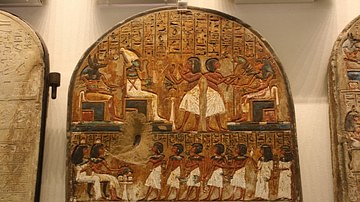
Image
Minhotep & Nakhtmin Relief Stele
A sandstone relief stele depicting in the top panel Minhotep and his son Nakhtmin making offerings to Hathor, Anubis, and Osiris. The middle panel shows Minhotep and his wife Nefertari. The bottom panel shows Nakhtmin and his wife Sekhmet...
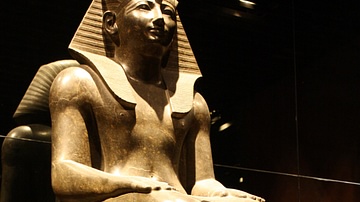
Image
Thutmosis III
A diorite statue of Thutmosis III. From the Temple of Amun, Thebes. Dynasty XVIII, 1479-1425 BCE. (Egyptian Museum, Turin)
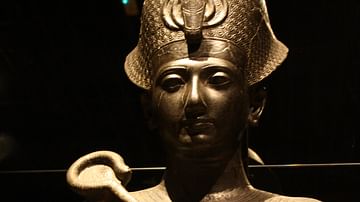
Image
Ramesses II Seated Statue, Thebes
Statue of a seated Ramesses II, holding the royal sceptre and wearing the khepresh war helmet, from the Temple of Amun, Thebes, Egypt, 19th Dynasty, 1279-1213 BCE.
Egyptian Museum, Turin.
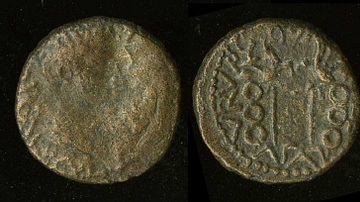
Image
Bronze coin 6-4 BCE
Bronze coin minted in Berytus, showing Augustus on one side and two aquilae between two standards on the back. The obverse inscription reads Imperator Caesar Augustus, the reverse Publius Quinctilius Varus.

Image
The Moon
The full Moon.
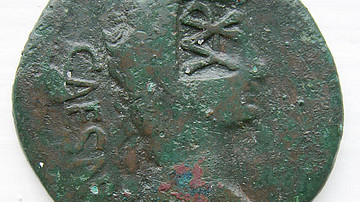
Image
Coin Inscribed VAR(us)
As Lugdunum I (RIC 230), head of Augustus (r. 27 BCE - 14 CE), countermarked "VAR" (Varus).

Image
Emperor Justinian & His Court
A 6th century CE mosaic depicting Emperor Justinian and his court in the Basilica of San Vitale in Ravenna.
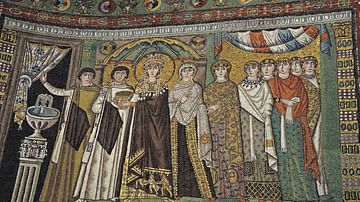
Image
Empress Theodora & Her Court
A 6th century CE mosaic depicting Empress Theodora and her court in the Basilica of San Vitale in Ravenna.
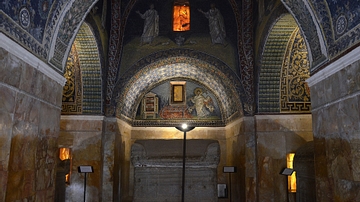
Image
Mausoleum of Galla Placidia, Ravenna
General view of the interior of the mausoleum of Galla Placidia in Ravenna with her sarcophagus in the middle. Galla Placidia (388-450 CE) was the daughter of the Roman Emperor Theodosius I.
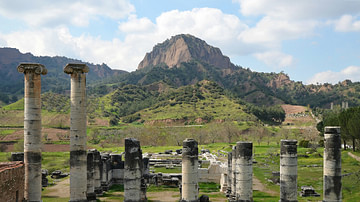
Image
Temple of Artemis, Sardis
The ruins of the Temple of Artemis in Sardis in Lydia (modern-day western Turkey), originally built by the Greeks in 300 BCE and later renovated by the Romans in the 2nd century CE. The Temple of Artemis in Sardis was the fourth largest Ionic...